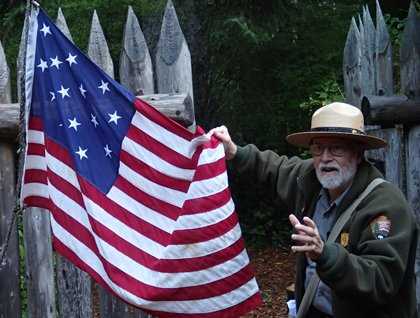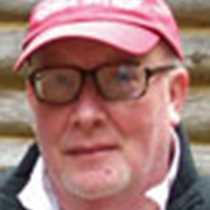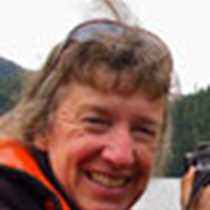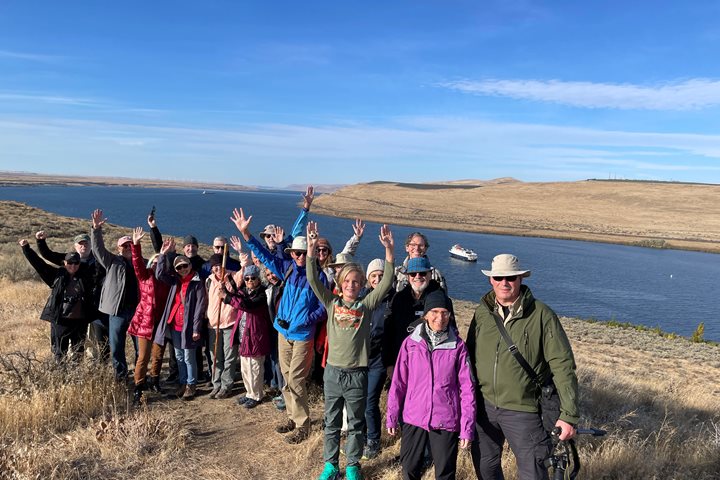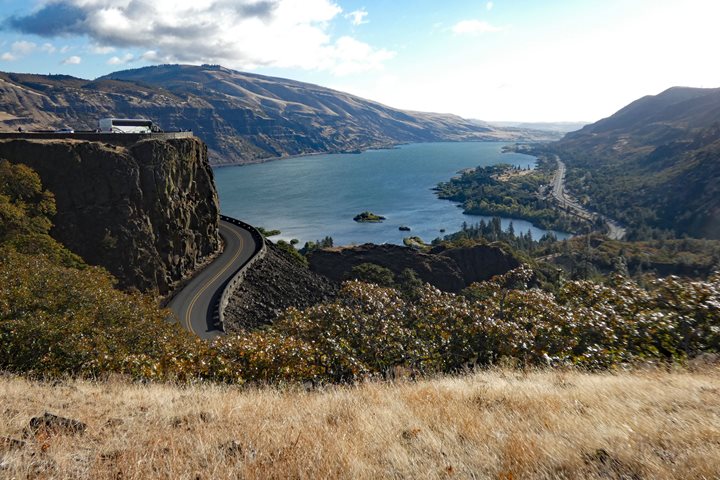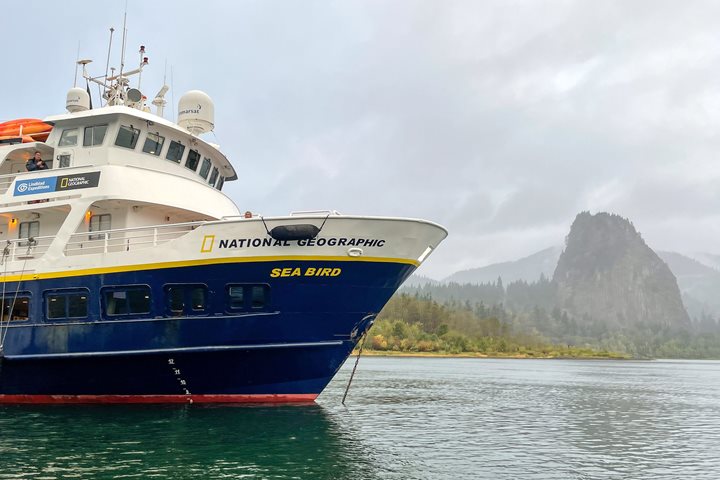“Ocian in View! O! the joy. Great joy in camp we are in view of the Ocian, this great Paciific Ocian which we have been so long anxious to see.” —Captain William Clark, November 7th, 1805
We arrived in Astoria in much the same weather conditions that Lewis and Clark and the “Corps of Volunteers for Northwestern Discovery” (which is the official name given to the Expedition by President Thomas Jefferson on August 26th, 1804) experienced in early November, 1805, “weather disagreeable.” But, by the time we arrived at Fort Clatsop, it was a bright and sunny day with little cloud cover.
The Corps survived severe weather, much like their winter at Fort Mandan of 1804/05. When they arrived at Pillar Rock November 7th, until they began building Fort Clatsop December 7th, they encountered gale force winds, successive storms coming off the Pacific Ocean, thunder and lightning, hail, frost, freezing temperatures, along with hunger, very little fresh water to drink, lack of clothing and fire wood to keep them warm.
Once they finished building Fort Clatsop, named after the local Indians, they were “treated” with continual rain: from the time they officially moved in, December 25th, 1805 (Christmas Day) to the day they left on their homeward bound journey, March 23rd,1806, it had rained all but 12 days, which were partially cloudy.
We enjoyed a full day of experiences such as the Astoria Column on top of a 600 foot tall bluff named Coxcomb Hill, where a vista of unimaginable beauty opened before our eyes; the Maritime Museum, which revealed the maritime history of the Columbia River Bar and the Pacific Ocean dating back to 1792 when the sloop Peacock sank while crossing the bar; the fascinating stories of Astoria itself, established in 1810 by the Pacific Fur Company of John Jacob Astor.
Captain William Clark’s words sum up the Corps experience while at Fort Clatsop, “we are all wet and disagreeable…and our present Situation a very disagreeable one.”
For our expedition it was truly: “O! the joy!”

